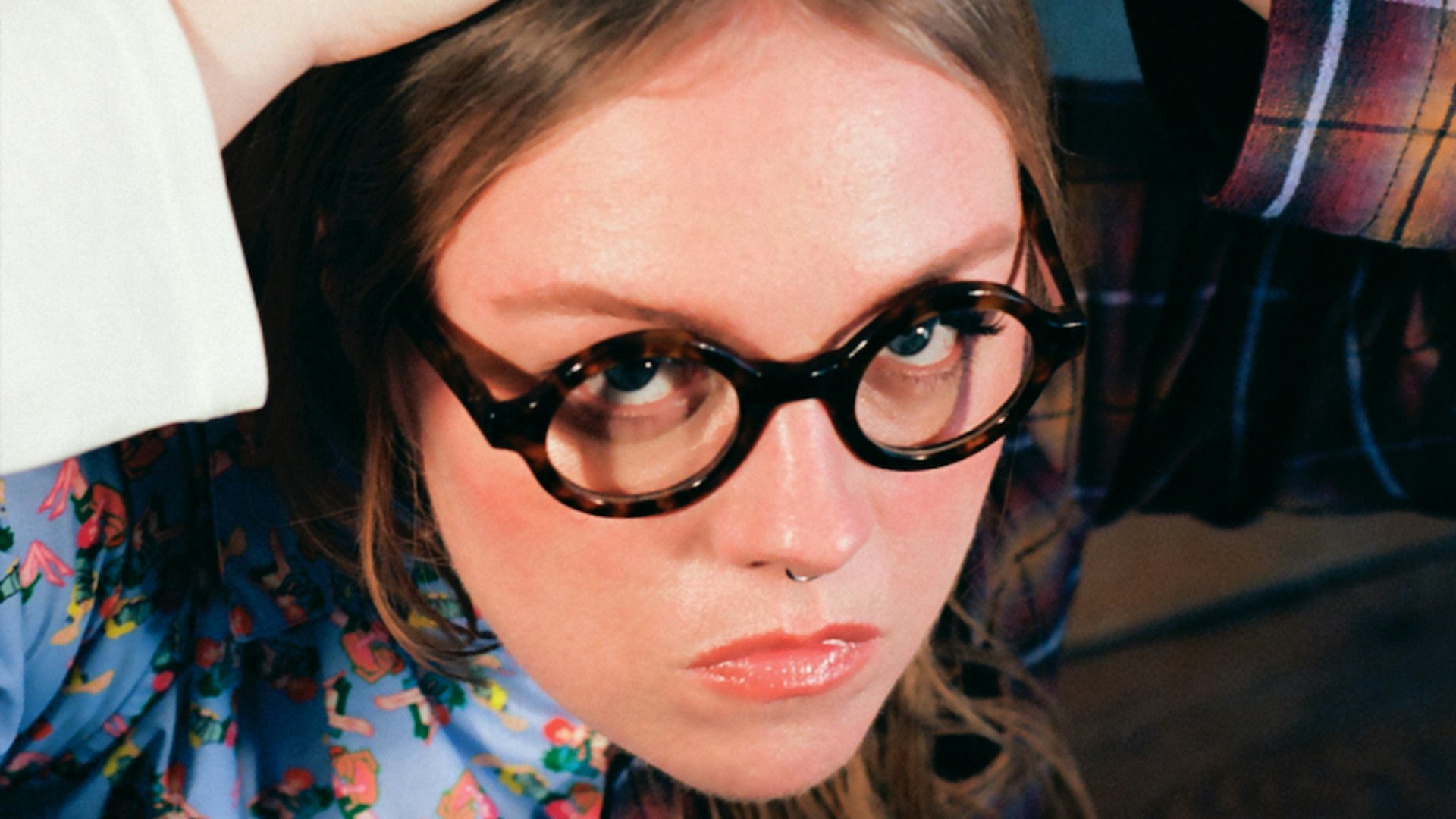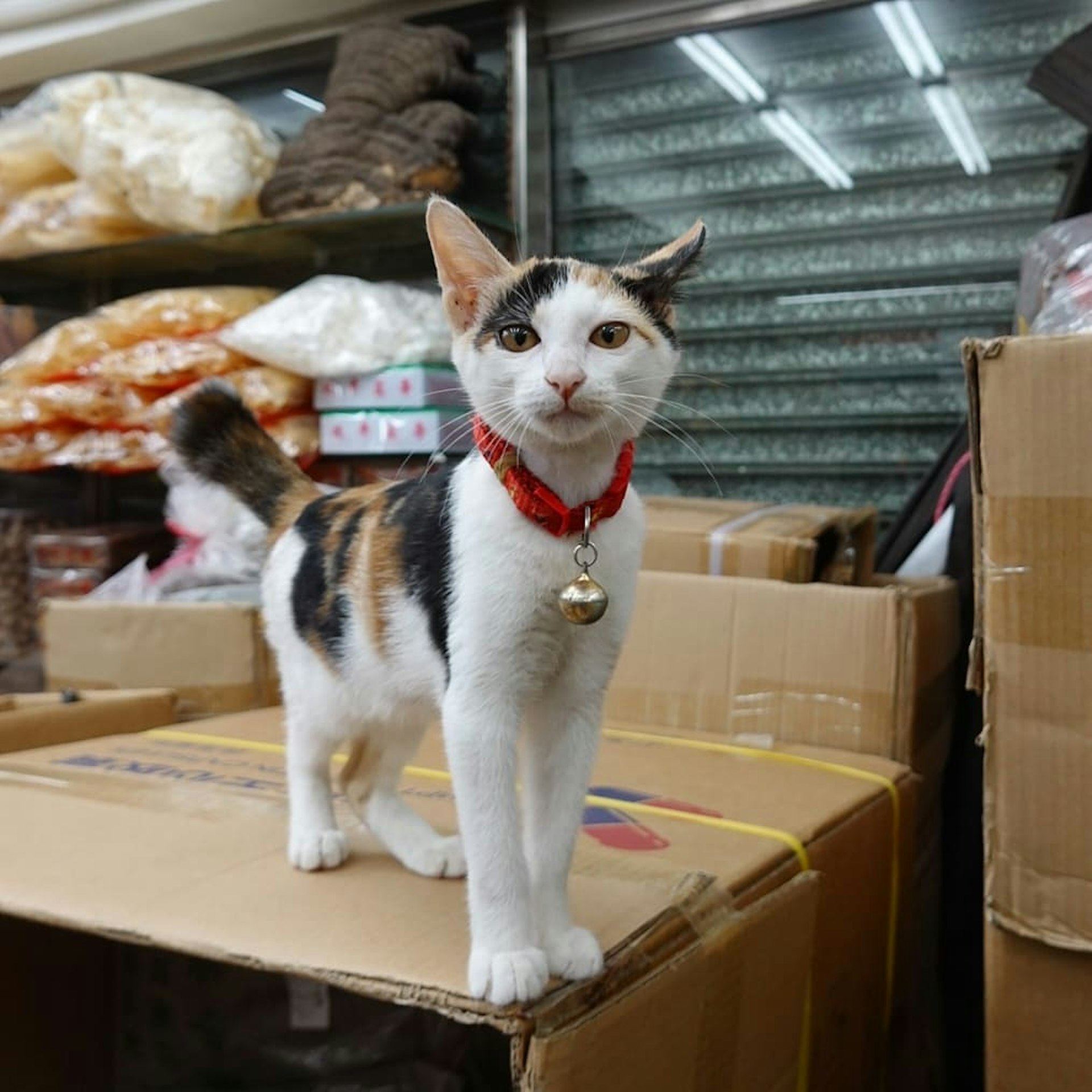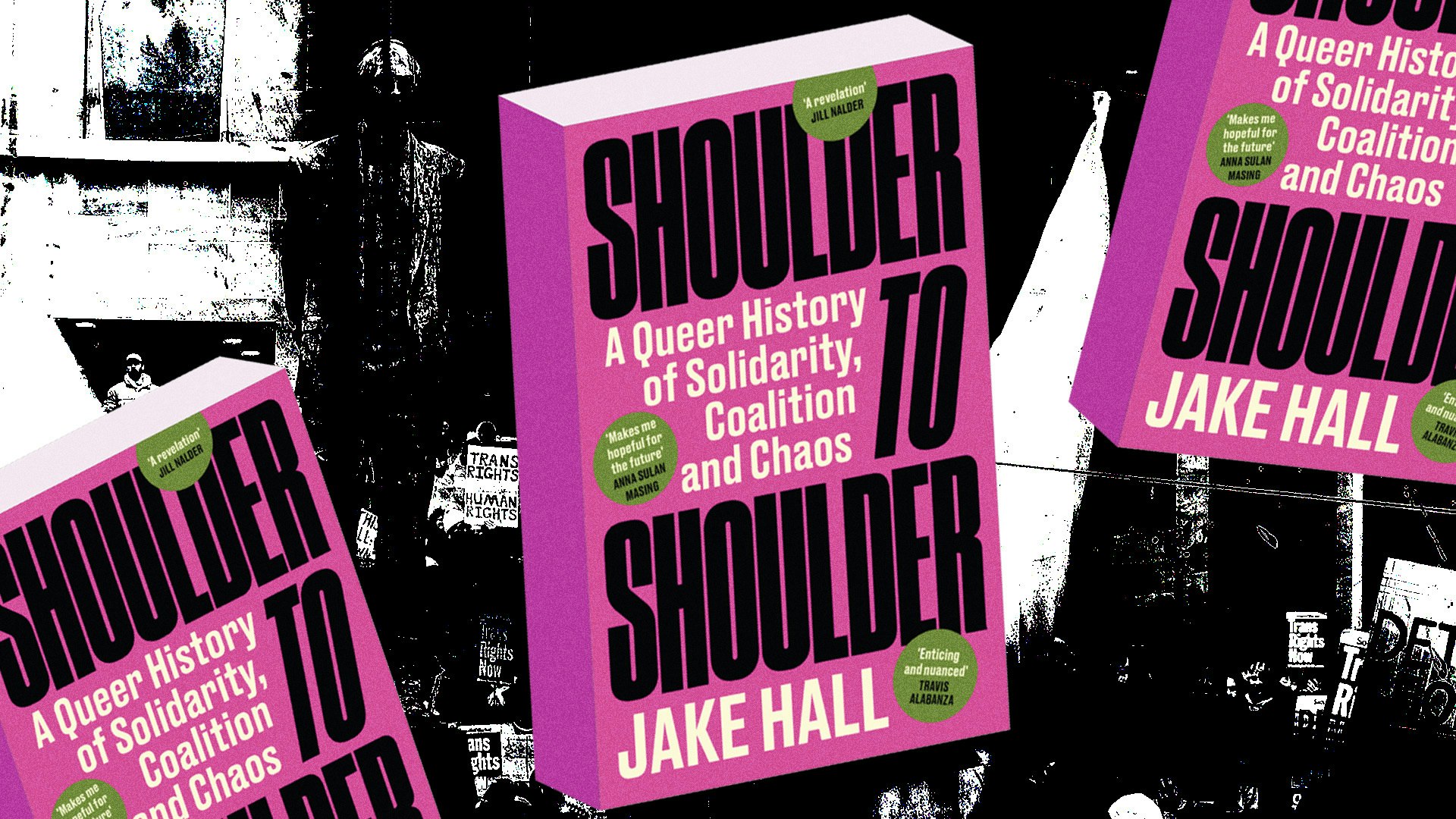Bruce Gilden’s unseen photos of New York in the ’80s
- Text by Miss Rosen
- Photography by Bruce Gilden

Between 1978 and 1984, photographer Bruce Gilden took to the streets of New York, shooting some 2,200 rolls of film. “Around that time I was a cocaine addict, but I think it started more heavily after ’81, ’82,’ he says.
“I lived through that, but the city was rough, tough, raw, violent, filthy. But it had lots of soul. It was my kind of town. It was dangerous. I wrote that I devoured the city; I went everywhere.”
Soon thereafter, Gilden started using a flash, shooting primarily on Fifth Avenue and Broadway, where fascinating characters turned out en masse. He filed the older works away inside his Mercer Street loft, only to rediscover most of them in 2015. “I uncovered an amazing body of work but the problem was that somehow I couldn’t find 250 rolls of film,” Gilden says. “This was very upsetting to me. But the bright side is that I found this body of work that would have been lost forever if I died.”
In Lost and Found, a new exhibition and book from Editions Xavier Barral, Gilden brings together some of the best photographs made during this period. “New York City was an exciting place to do street photography,” he says.

USA. NYC. 1984.

USA. NYC. 1986.
“I would travel to Delancey Street. Sometimes I’d got to Brighton Beach on a Saturday and I’d drive there from Manhattan. I thought the pictures were a little too folkloric because you had all these Eastern European Jews, from Russia most of them. When I looked at the pictures later on, I saw I had some good pictures from there. Time didn’t hurt the pictures, it helped them.”
For Gilden, every photograph he makes is an extension of himself. “When I was five years old, I liked the wrestler that was the strangest,” he says. “I wanted to be a boxer. I wanted a monkey. I wanted to play drums. That’s just who I am.”
“I think that’s what separates my pictures from other people’s photographs: that’s me. I’m not looking from the outside in. I’m an insider. I always knew what I wanted to photograph. If you look at my oldest pictures of Coney Island, which aren’t even in the book, there would be two guys on the boardwalk, one with an eye patch who was an alcoholic, and his friend. It’s always been that way. I wanted to take the guts out of something – I want you to feel it.”
Lost and Found is the perfect metaphor for vanishing New York. “If you look at the pictures, you have so many interesting things happening in the background: great signs for peep shows, clothing stores, and cops on horses,” Gilden says. “You don’t have that today. Today the city is soulless, gentrified, everybody looks the same, and the backgrounds are uninteresting. That’s why I moved out.”

USA. New York City. 2006.

USA. NYC. 1979.

USA. NYC. 1978.

USA. NYC. 1987.

USA. Queens, New York. 2005. Fashion shoot. Mafia funeral.

USA. New York City. 2007.
Bruce Gilden: Lost and Found is on view at 10 Corso Como New York through April 5, 2020.
Follow Miss Rosen on Twitter.
Enjoyed this article? Like Huck on Facebook or follow us on Twitter.
Latest on Huck

Analogue Appreciation: Emma-Jean Thackray
Weirdo — In an ever more digital, online world, we ask our favourite artists about their most cherished pieces of physical culture. Today, multi-instrumentalist and Brownswood affiliate Emma-Jean Thackray.
Written by: Emma-Jean Thackray

Meet the shop cats of Hong Kong’s Sheung Wan district
Feline good — Traditionally adopted to keep away rats from expensive produce, the feline guardians have become part of the central neighbourhood’s fabric. Erica’s online series captures the local celebrities.
Written by: Isaac Muk

How trans rights activism and sex workers’ solidarity emerged in the ’70s and ’80s
Shoulder to Shoulder — In this extract from writer Jake Hall’s new book, which deep dives into the history of queer activism and coalition, they explore how anti-TERF and anti-SWERF campaigning developed from the same cloth.
Written by: Jake Hall

A behind the scenes look at the atomic wedgie community
Stretched out — Benjamin Fredrickson’s new project and photobook ‘Wedgies’ queers a time-old bullying act by exploring its erotic, extreme potential.
Written by: Isaac Muk

“Welcome to the Useless Class”: Ewan Morrison in conversation with Irvine Welsh
For Emma — Ahead of the Scottish author’s new novel, he sat down with Irvine Welsh for an in-depth discussion of its dystopic themes, and the upcoming AI “tsunami”.
Written by: Irvine Welsh

“Struggle helps people come together”: Sharon Van Etten & The Attachment Theory
Huck’s February interview — To hear more about the release of the indie darling’s first collaborative album, we caught up with her and Devra Hoff to hear about the record, motherhood in music and why the ’80s are back,
Written by: Isaac Muk